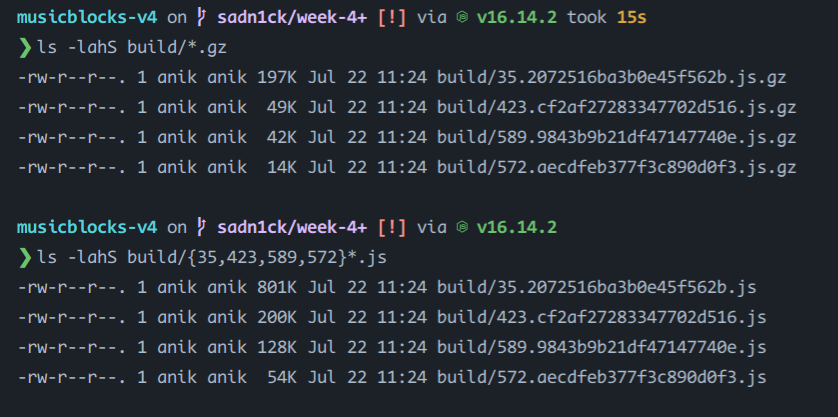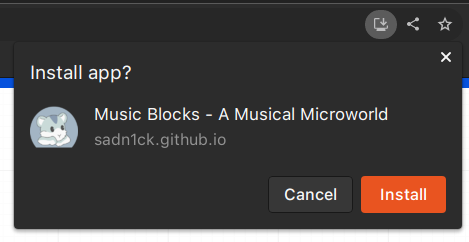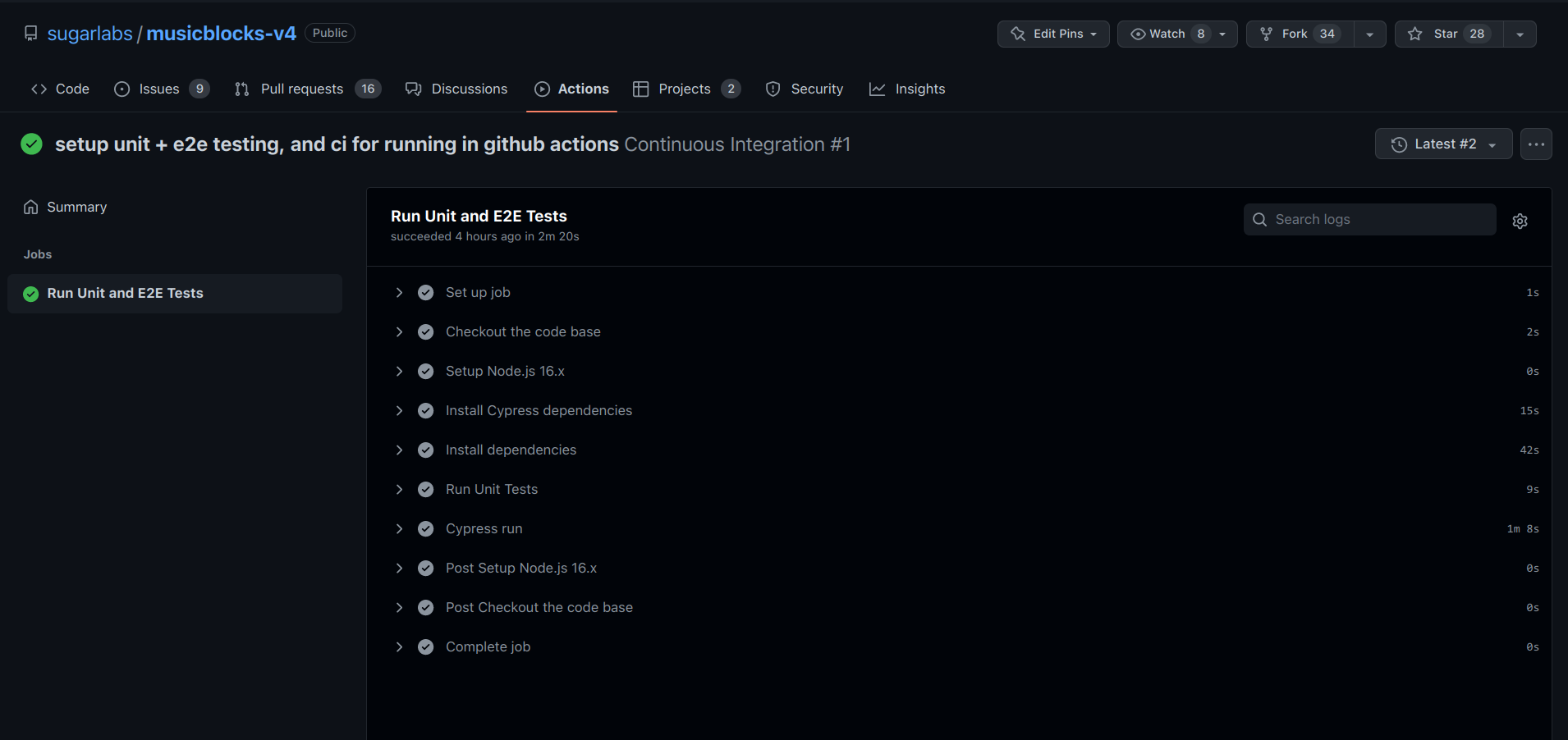Google Summer of Code 2022 Retrospective
Wednesday, August 31, 2022I got selected for Google Summer of Code 2022 under Sugar Labs, to work on the Music Blocks v4 project (yay). Official details about my project can be found here.
The project
Currently, musicblocks-v4 uses react-scripts from create-react-app for its dev and build scripts. It is a good starter, however, it packs a lot more things than we require, and abstracts the configurations entirely.
The project would revolve around migrating to a custom Webpack config - separate ones for development and production, with chosen tooling to improve the developer experience.
The "Tech Stack"
Most of my work will revolve around TypeScript and Webpack, along with some dabbling in React. Another large part would be Google, to search for the errors I will inevitably come across.
Setting the foundations
A large part of the initial work revolved around setting up the base for all future work - migrating to Webpack from create-react-app in one fell swoop.
Contrary to my (inflated) expectations, the process was relatively painless. I didn't eject the project, as one would generally do in such cases. The output was not worth it - I would have to properly install different versions again for every package.
What I did was nuke react-scripts from package.json and just manually install all the required dependencies.
I also decided to have fully typed configurations for any tool that I decided to use - namely, webpack, jest and cypress.
For webpack, I set up 2 environments - development and production each having their own specific config, and merged with a common config to produce the final Configuration object.
Developer Experience Tooling
eslintchecks on save- type checking by
typescripton save - hot module reloading using Webpack 5
All of these are extremely helpful, beats having to press Ctrl+ Shift + I 50 times to make sure it formats (right????)
Production Build Optimizations
Making sure that our web app loads fast is a primary concern. A large part of optimizing this depends on the current build output.
Possible performance improvements can be done via creating chunks of output javascript (which could be parallelly loaded for better performance), compression and minification/mangling of output code.
Initially, I used Webpack's inbuilt optimization configuration and split the output into chunks for each of the dependencies and components. This allowed for a lot of modularity - with dynamic imports and lazy loading.
(ie, dep1, dep2, dep3, component1, component2 were all separate javascript files which could be loaded parallelly)
Then, I analyzed the current build output with webpack-bundle-analyzer.
)
This showed a lot of chunks which could be compressed down to smaller chunks to have a lot of savings in the final bundle.
So I used webpack-compression-plugin in the production build process to compress files above a threshold of 50KB with the gzip algorithm. This resulted in 50%+ savings for the selected files.

All in all, this was an excellent optimization to have.
WebAssembly support & PWA-fication
We have plans to have a custom compiler for our own simplified language for musicblocks-v4 - as such, to have it in our web app, we decided to have it as a WebAssembly module.
For that, we needed to support WASM loading - thankfully, Webpack 5 had experimental support for loading wasm which made my job significantly easier. All I had to do was to make sure the wasm module's URL was properly constructed, since development and production returns of asset imports was different.
Converting our current web app into a PWA was also very easy, with Webpack having a dedicated webpack-workbox-plugin for the same.

I just had to take care of the fact that I didn't load it in development as that would lead to unnecessary caching.
Testing and Continuous Integration
The final piece of work to wrap up my project was setting up unit and end-to-end testing. For unit testing I used Jest and for E2E testing I used Cypress.
Both are well known tools with excellent support and a plethora of information about their behaviour.
Setting up both of them was super easy, with only Jest requiring a particular configuration (pathsToModuleNameMapper to tsconfig's compilerOptions.path) to have path aliasing like in source code.
Then I set up GitHub Actions to run the unit and e2e tests whenever a pull request is made.

Final Thoughts
GSoC was a super fun journey for me, and it was a pleasure to contribute something large and meaningful to an Open Source project. Previously I had mostly contributed small fixes here and there, and some general architecture changes, but GSoC gave me an entire summer to plan and execute a large project. The planning and execution part was extremely rewarding, and taught me a lot about keeping enough time for any setbacks.
I'd like to thank my mentor, Anindya Kundu, for being an excellent mentor throughout - clearing all my doubts and guiding me through undefined (hah) territory. It was a pleasure working with you.